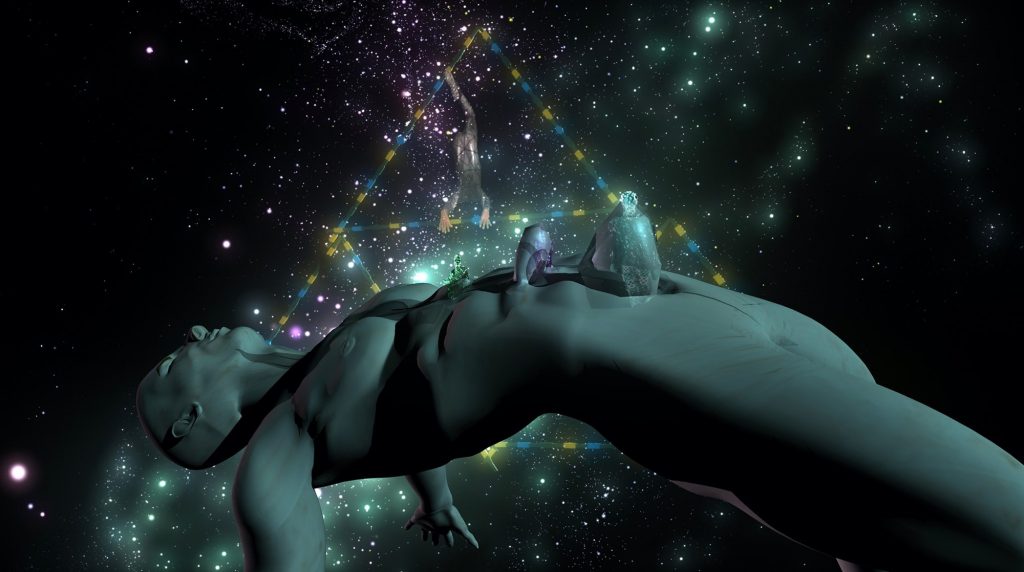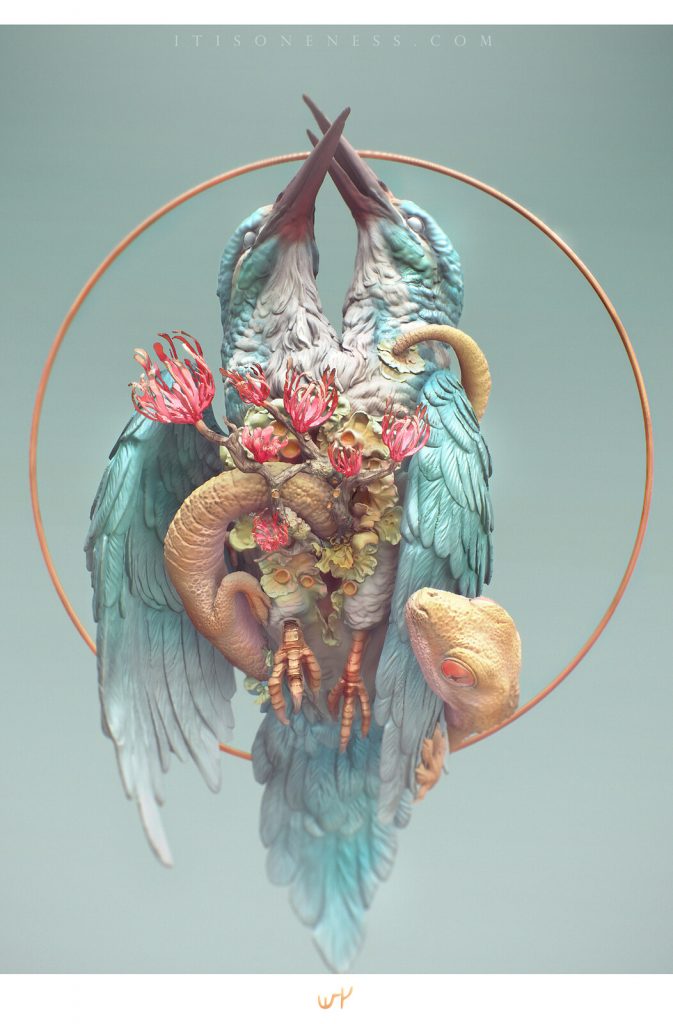sketch//Anthony Pan
//Section C
function setup() {
createCanvas(400, 600);
}
function draw() {
var dx = 0;
var dy = 0;
var dx1 = 0;
var dy1 = 0;
background(232, 249, 255); //sky blue background
branches(dx, dy); //call branches function inputing dx and dy to create pattern
cherryBlossom(dx1, dy1); //call cherryBlossom function to create 6 flowers on each branch
noLoop();
}
function branches(dx, dy) {
strokeWeight(3);
stroke(0);
for(var column = 0; column < 10; column += 1) {
for(var row = 0; row < 9; row +=1) {
line(50 + dx, 55 + dy, 55 + dx, 85 + dy); //bottom of main branch
line(35 + dx, 40 + dy, 50 + dx, 55 + dy); //middle of main branch
line(10 + dx, 20 + dy, 35 + dx, 40 + dy); //top of main branch
line(15 + dx, 35 + dy, 35 + dx, 40 + dy); //small branch below top main branch
line(15 + dx, 5 + dy, 25 + dx, 32 + dy); //small branch above top main branch
line(55 + dx, 20 + dy, 45 + dx, 50 + dy); //small branch right of middle main branch
line(60 + dx, 35 + dy, 50 + dx, 40 + dy); //smallest branch right of middle main
dy += 65;
}
dx += 80;
dy = 0;
}
}
function cherryBlossom(dx1, dy1) {
strokeWeight(1);
var color = random(120, 230); //random shade of pink - yellow
var color1 = random(120, 230); //random shade of pink - yellow
var color2 = random(120, 230); //random shade of pink - yellow
var r = 8; //radius of outer petals
var r1 = 4; //radius of center petal
for(var c = 0; c < 10; c += 1) {
for(var row1 = 0; row1 < 9; row1 += 1) {
fill(252, color, 174); //pink fill for flowers random shades of pink
ellipse(15 + dx1, (10 - r1) + dy1, r, r); //top petal
ellipse((15 + r1) + dx1, 10 + dy1, r , r); //right petal
ellipse(15 + dx1, (10 + r1) + dy1 , r, r); //bottom petal
ellipse((15 - r1) + dx1, 10 + dy1, r, r); //left petal
fill(252, 174, 174);
ellipse(15 + dx1, 10 + dy1, r1, r1); //center petal
fill(252, color1, 174);
ellipse(25 + dx1, (25 - r1) + dy1, r, r);
ellipse((25 + r1) + dx1, 25 + dy1, r, r);
ellipse(25 + dx1, (25 + r1) + dy1, r, r);
ellipse((25 - r1) + dx1, 25 + dy1, r, r);
fill(252, 174, 174);
ellipse(25 + dx1, 25 + dy1, r1, r1); //center petal
fill(252, color2, 174);
ellipse(11 + dx1, (35 - r1) + dy1, r, r);
ellipse((11 + r1) + dx1, 35 + dy1, r, r);
ellipse(11 + dx1, (35 + r1) + dy1, r, r);
ellipse((11 - r1) + dx1, 35 + dy1, r, r);
fill(252, 174, 174);
ellipse(11 + dx1, 35 + dy1, r1, r1); //center petal
fill(252, color, 174);
ellipse(40 + dx1, (40 - r1) + dy1, r, r);
ellipse((40 + r1) + dx1, 40 + dy1, r, r);
ellipse(40 + dx1, (40 + r1) + dy1, r, r);
ellipse((40 - r1) + dx1, 40 + dy1, r, r);
fill(252, 174, 174);
ellipse(40 + dx1, 40 + dy1, r1, r1); //center petal
fill(252, color1, 174);
ellipse(55 + dx1, (20 - r1) + dy1, r, r);
ellipse((55 + r1) + dx1, 20 + dy1, r, r);
ellipse(55 + dx1, (20 + r1) + dy1, r, r);
ellipse((55 - r1) + dx1, 20 + dy1, r, r);
fill(252, 174, 174);
ellipse(55 + dx1, 20 + dy1, r1, r1); //center petal
fill(252, color2, 174);
ellipse(60 + dx1, (35 - r1) + dy1, r, r);
ellipse((60 + r1) + dx1, 35 + dy1, r, r);
ellipse(60 + dx1, (35 + r1) + dy1, r, r);
ellipse((60 - r1) + dx1, 35 + dy1, r, r);
fill(252, 174, 174);
ellipse(60 + dx1, 35 + dy1, r1, r1); //center petal
dy1 += 65;
}
dx1 += 80;
dy1 = 0; //reset dy1 when it hits bottom of column
}
}
![[OLD SEMESTER] 15-104 • Introduction to Computing for Creative Practice](../../../../wp-content/uploads/2023/09/stop-banner.png)



